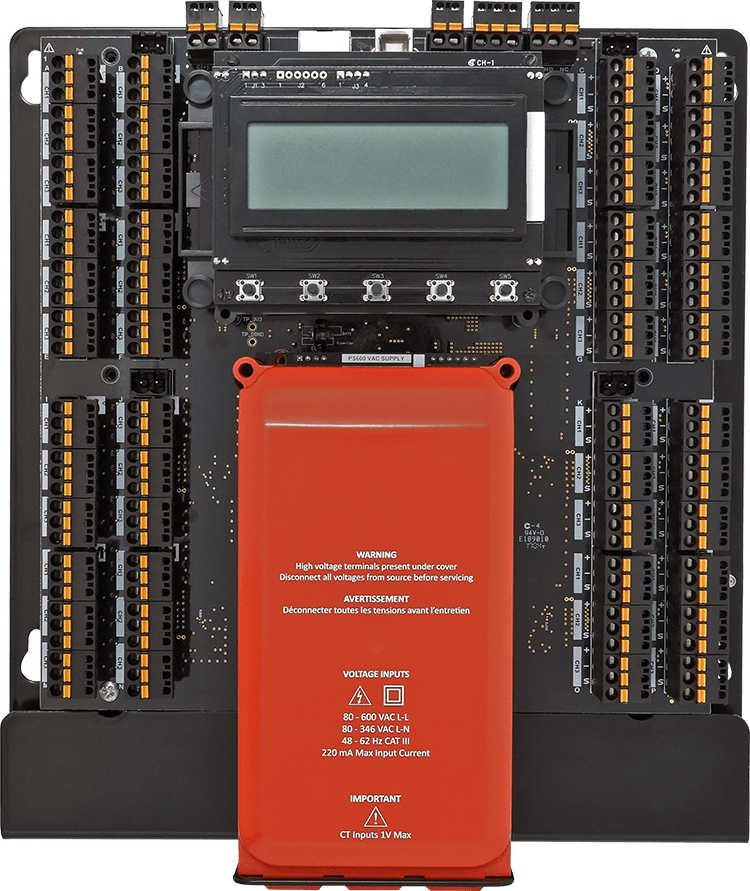
How much do you pay for inefficiency? What is low power factor(PF)?
We have found that the number one motivation for seeking our services is a PF penalty on the power bills. It is an obviously unnecessary expense that the accounting department will seek to eliminate.
What is it?
The penalty on the bill, however, is not the only cost associated with low PF. Unfortunately, unless you know what you’re looking for and have a history of tracking detailed repair and replacement costs, it’s unlikely that you would recognize these costs or their causes.
Power factor is a measure of how efficiently you use the power supplied by the power utility. As power factor goes down, the effectiveness or efficiency of the voltage is reduced resulting in the need to draw more amperage or current to accomplish the same amount of work.
Higher current loads in wire (motor windings, transformer windings, breakers, and wiring in general), create excess heat. Beyond representing poor energy efficiency, heat also has a negative impact on the life of wire insulation and other electronic components.
How to calculate your Power Factor
Industry research results reported by the Department of Energy (DOE) in 2005 concluded the following:
- About half of all motor failures are caused by insulation breakdowns in the windings.
- For every 10% drop in power factor, motor winding temperatures go up by 10-15%.
- For every 10°C increase in motor temperature above recommended run temperature, winding insulation life is cut in half.
For example, according to the same research results, if your facility is experiencing a power factor of 80% (or 0.8), you will see a 20-30% increase in the winding temperatures in your motors. Based on an assumed normal operating temperature of 38°C, the operating temperature would go up by about 10°C and the winding life would be cut approximately in half.
Under those conditions, a motor that should have cost your company $1,000 over time will now cost your company $2,000 over the same period of time. At a 60% PF, that cost goes up to $4,000 – a 400% increase! Even at 90% PF, where you are no longer being penalized by the power utility in most areas, the cost of your motors over time goes up, on average, by about 42%. Multiply that by the number of motors in your facility and you start to get a sense for how much you are likely paying for an insufficient power factor.




